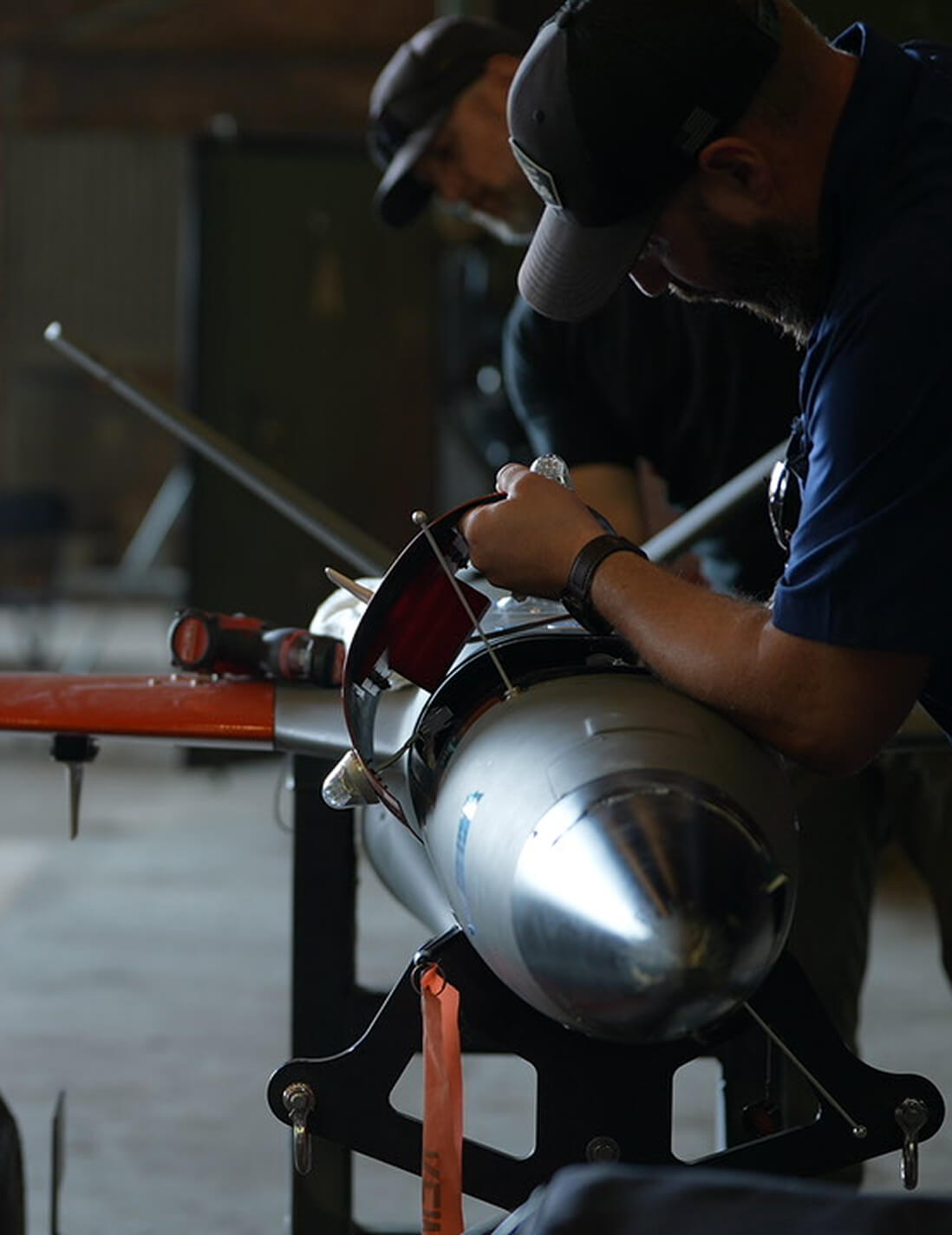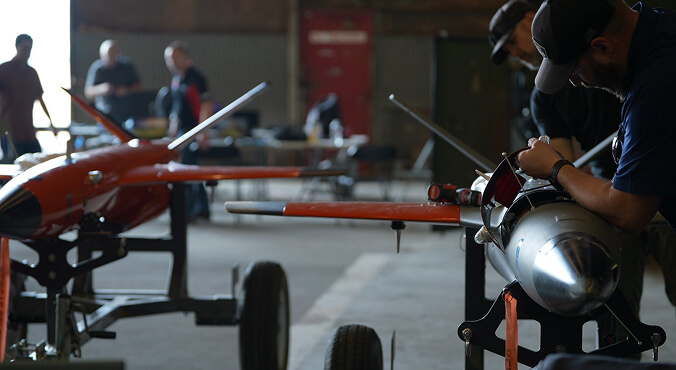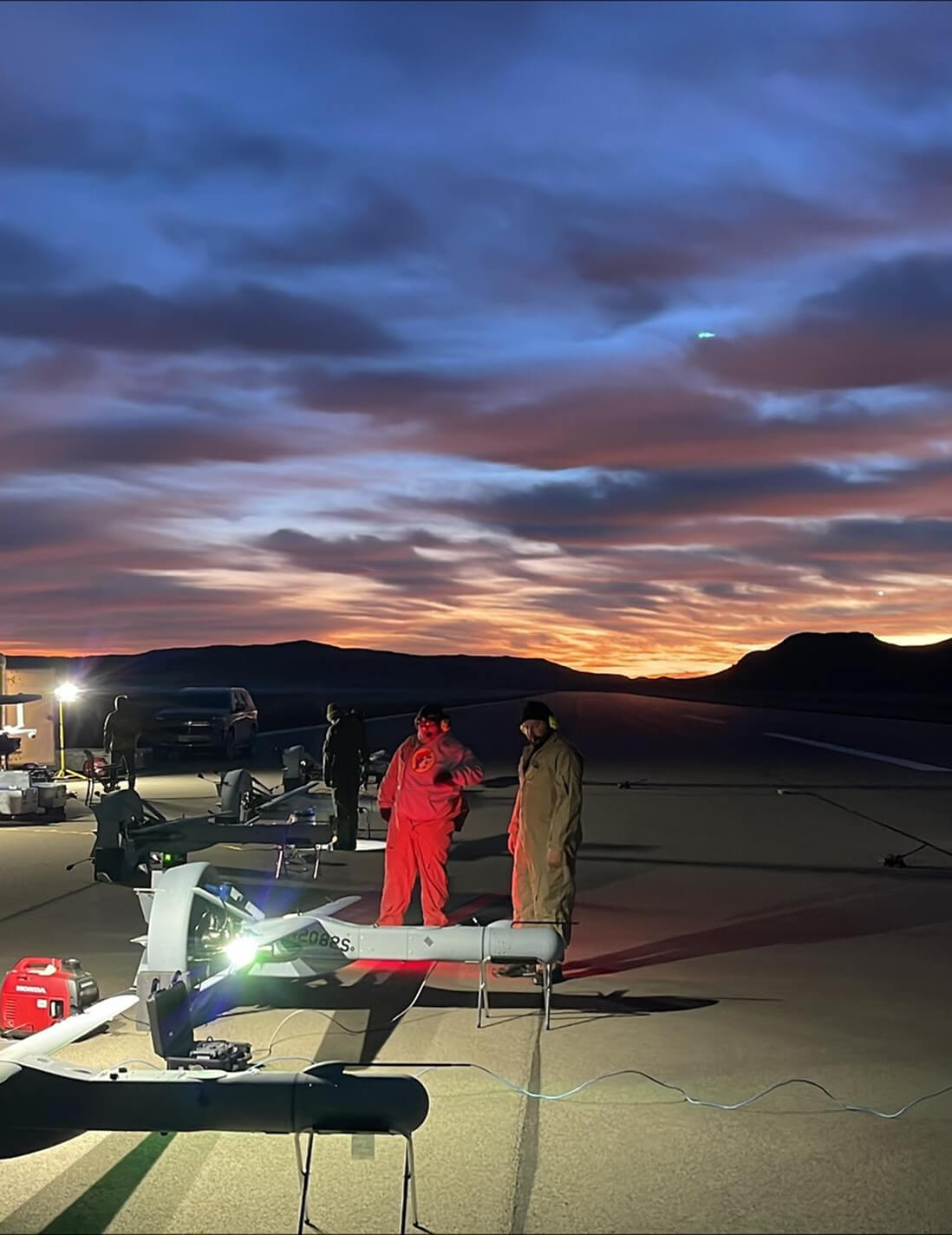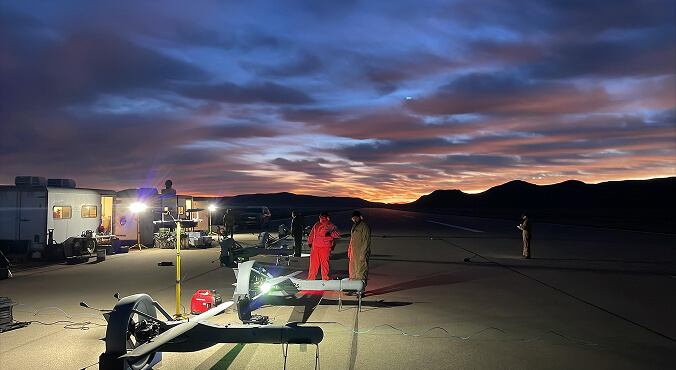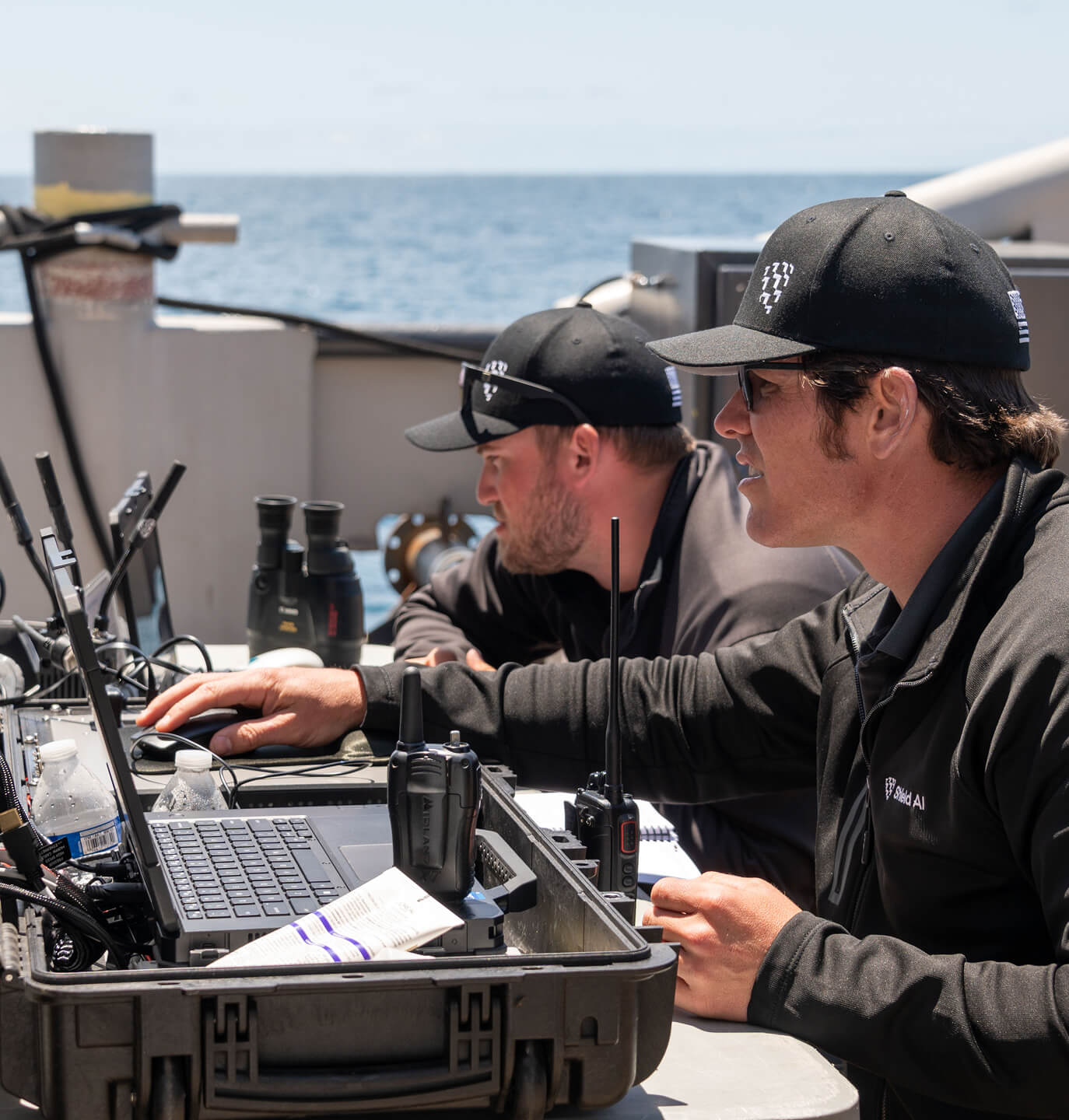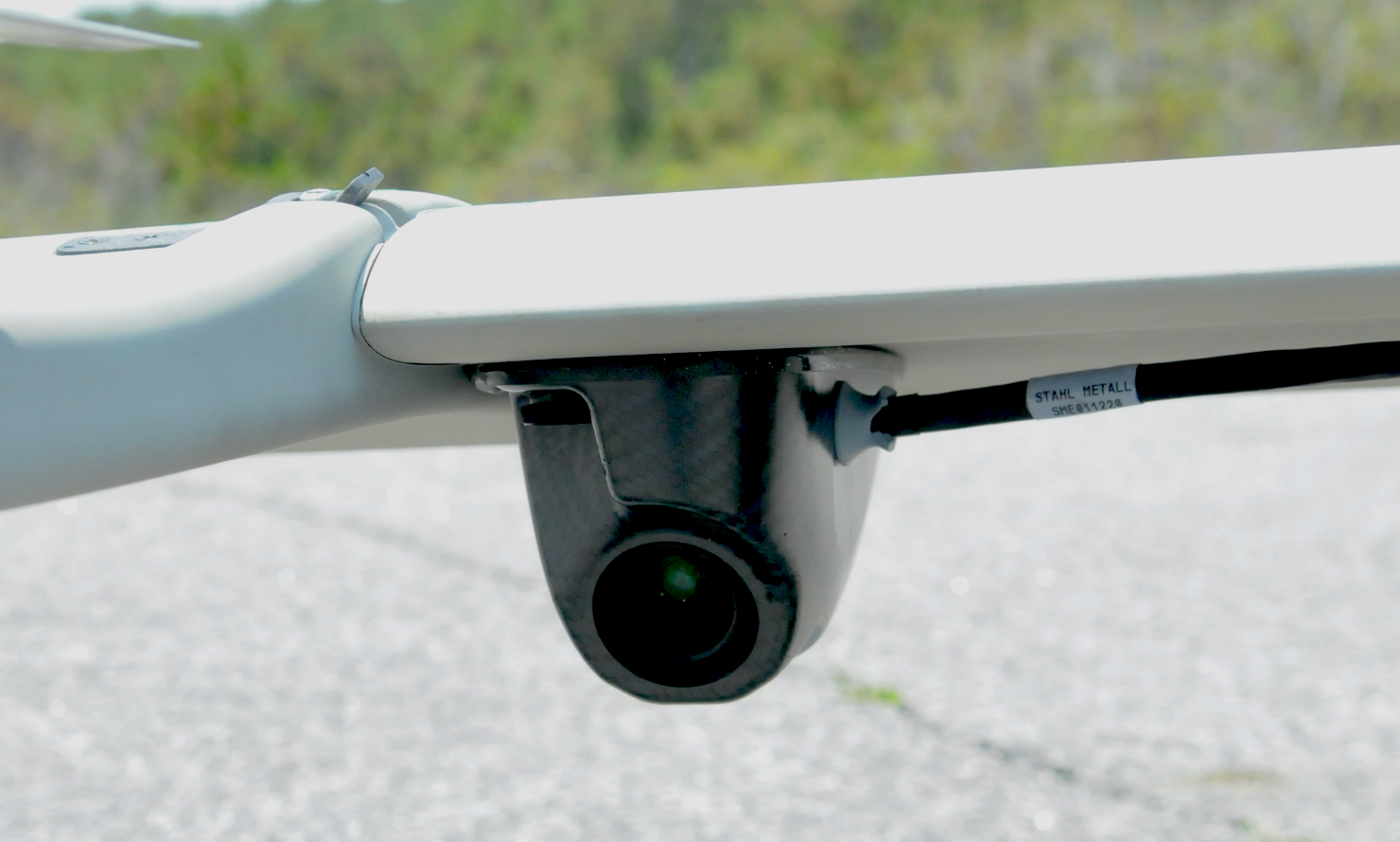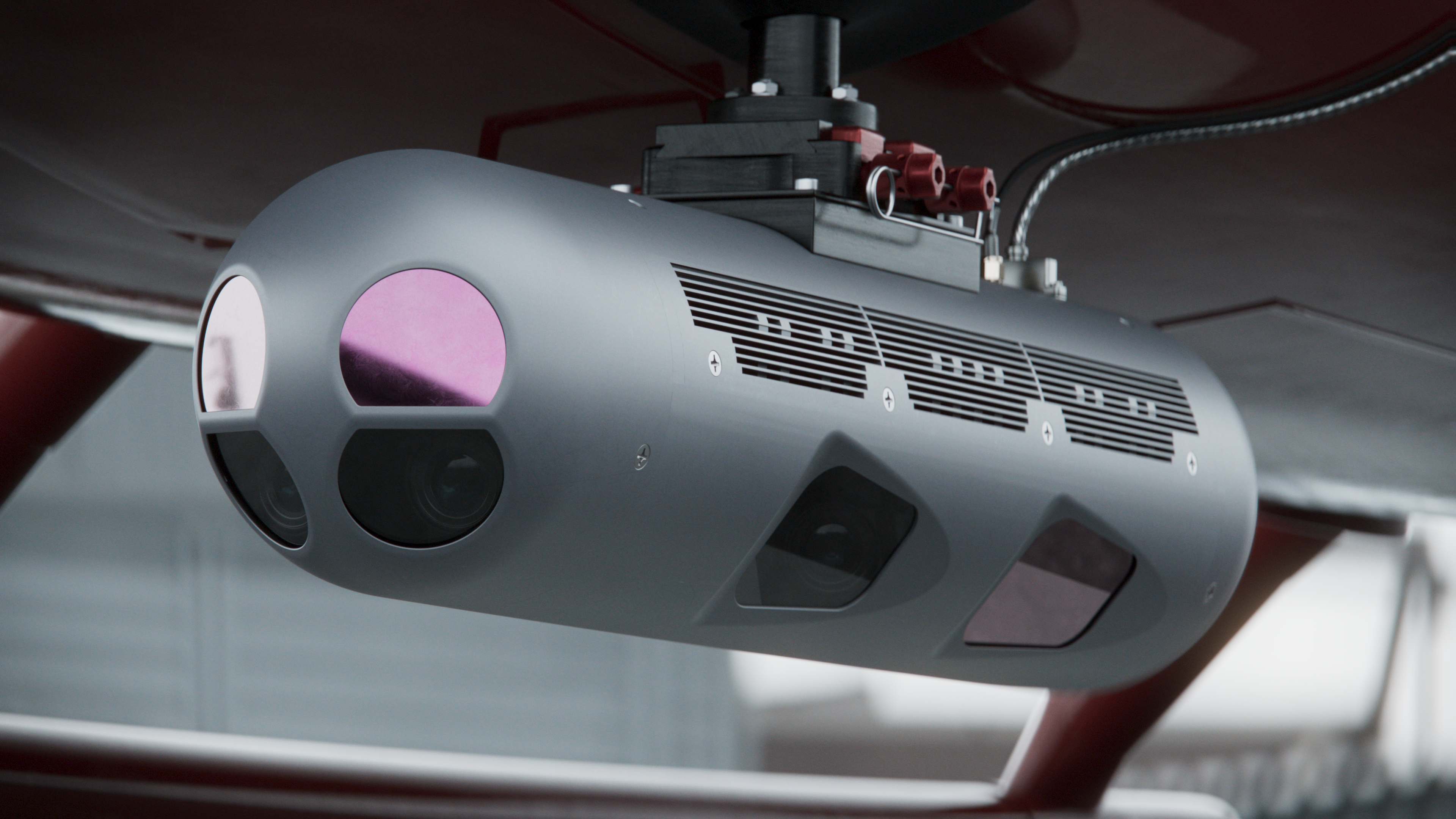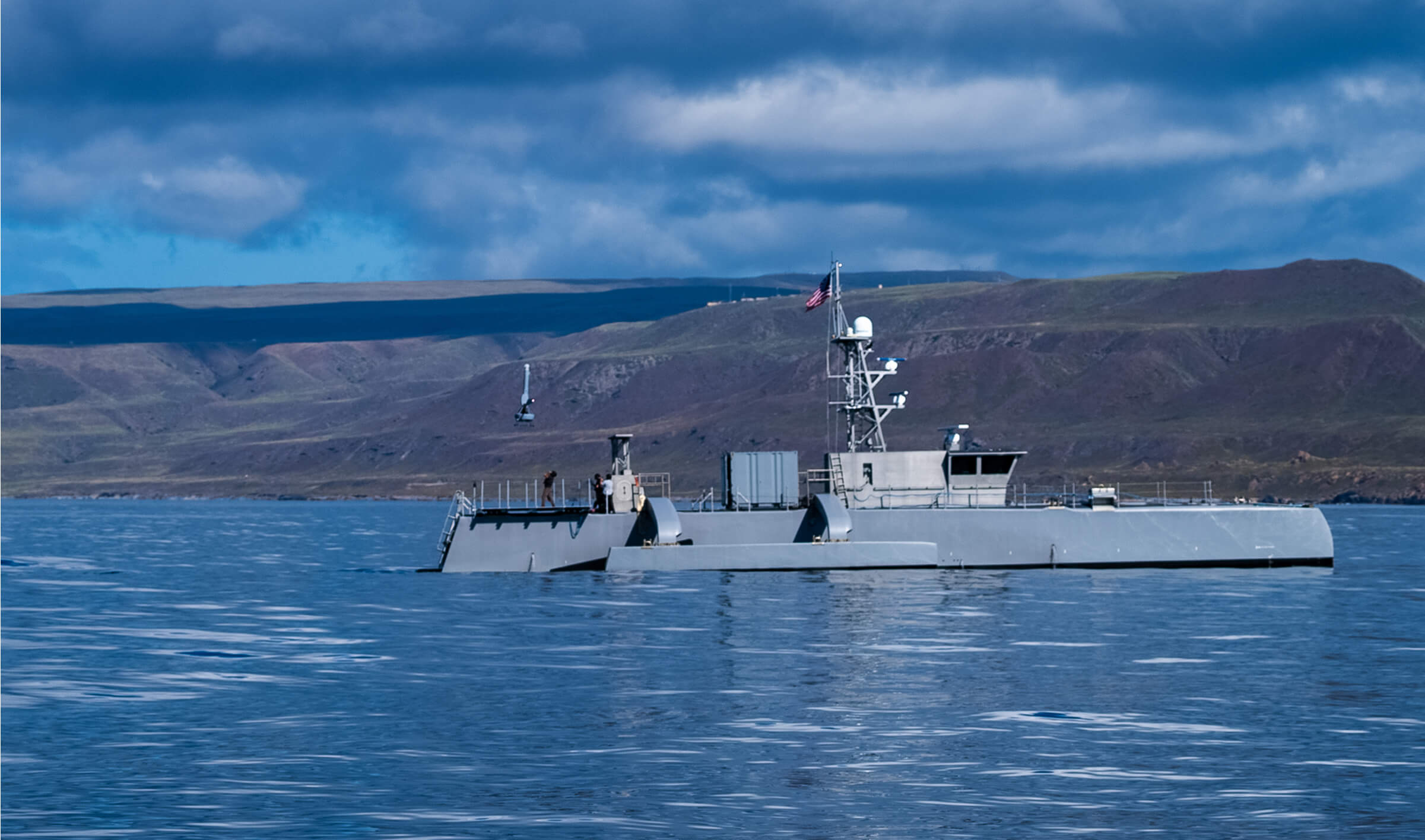[April 1, 2025]
Shield AI’s V-BAT Successfully Demonstrates Resilience to Electronic Warfare at Project Convergence Capstone 5
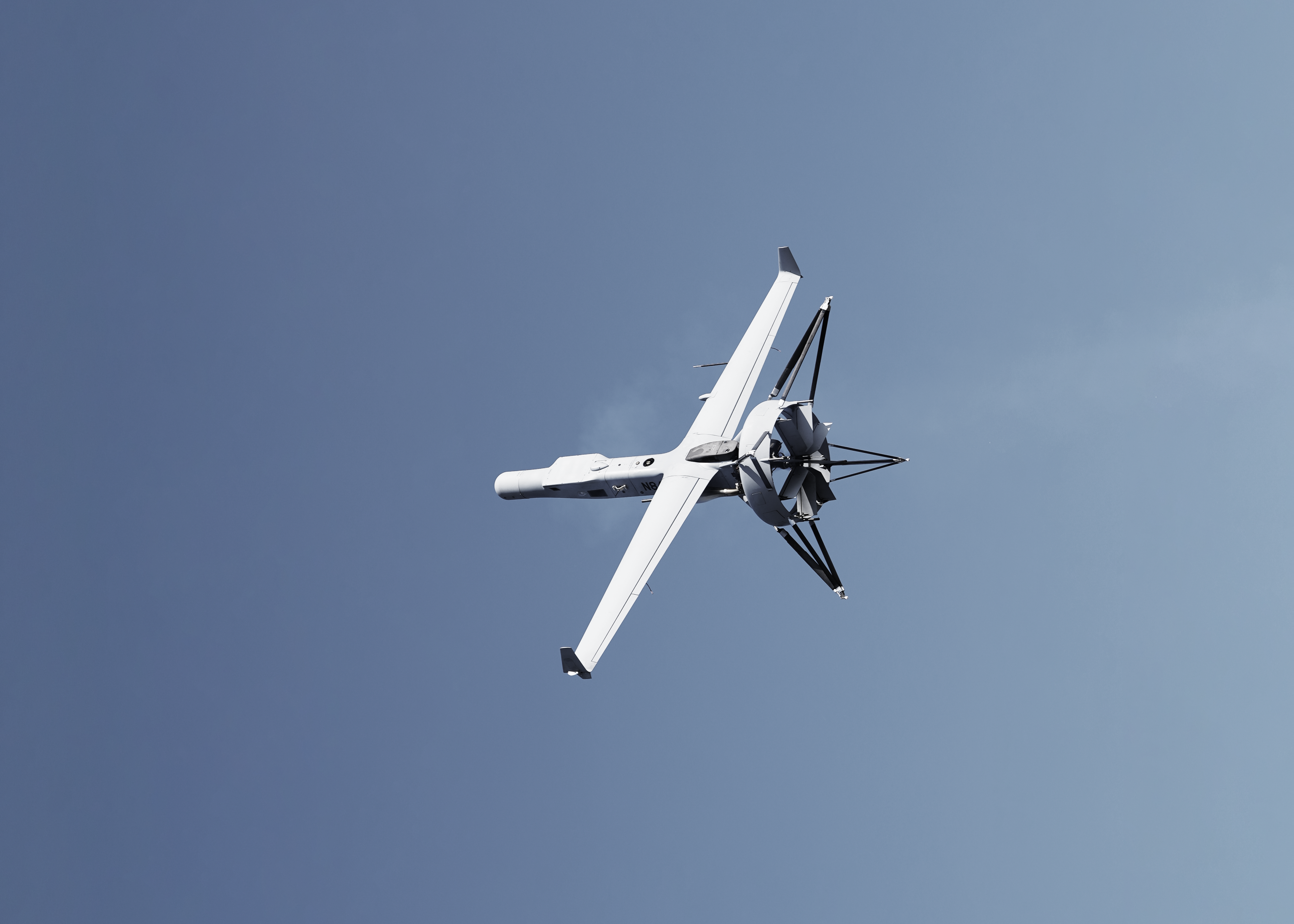
WASHINGTON – April 1, 2025 – Shield AI’s V-BAT successfully participated in Project Convergence Capstone 5 (PC-C5), a Combined, Joint, and multinational experiment held at Fort Irwin, California, in March 2025. V-BAT operated as part of the 82nd Airborne Division’s missions in “The Box,” Fort Irwin’s famously demanding training area in the Mojave Desert.
V-BAT excelled against active jammers, successfully defeating electronic warfare threats and reinforcing its role as a force multiplier for Army units. Its performance demonstrated the ability to operate in contested conditions and provide critical Intelligence, Surveillance, Reconnaissance, and Targeting (ISR-T) support where traditional systems might be degraded or denied.
“V-BAT is designed to operate at every echelon within an Army division, executing the full spectrum of UAS missions,” said Brandon Tseng, Shield AI’s President, Co-founder, and former Navy SEAL. “Whether supporting small units at the tactical edge or providing division-wide ISR-T, V-BAT delivers a critical advantage in contested and complex environments.”
During PC-C5, the 82nd Airborne Division experimented with employing V-BAT in long-range air assaults — testing ways to use today’s technology on tomorrow’s battlefield. Providing ISR-T at the tactical edge is a critical requirement for the Army, but legacy unmanned aircraft can’t fit inside a UH-60 and would take up valuable space in a CH-47. V-BAT’s unique size, endurance, and operational flexibility make it a highly capable solution for this mission set.
The V-BAT is the only single-engine ducted fan vertical takeoff and landing (VTOL) unmanned aircraft system (UAS) operationally deployed in multiple regions globally. With its unique ducted-fan design and the ability to launch and recover in confined spaces, it is ideally suited for shipborne and austere environments, ensuring flexibility and resilience in complex missions. V-BAT has earned its reputation for reliability, operating with impunity in GPS- and comms-denied environments. Its proven performance in contested regions like Ukraine, the Black Sea, and the Indo-Pacific demonstrates its ability to withstand advanced electronic warfare threats that have grounded many traditional drones.
The PC-C5 experiment brought together commanders and Soldiers to test and refine future warfighting concepts. V-BAT’s performance showcased its multi-echelon adaptability, proving its effectiveness across all levels of Army division operations—from reconnaissance and surveillance to target acquisition and logistics support.
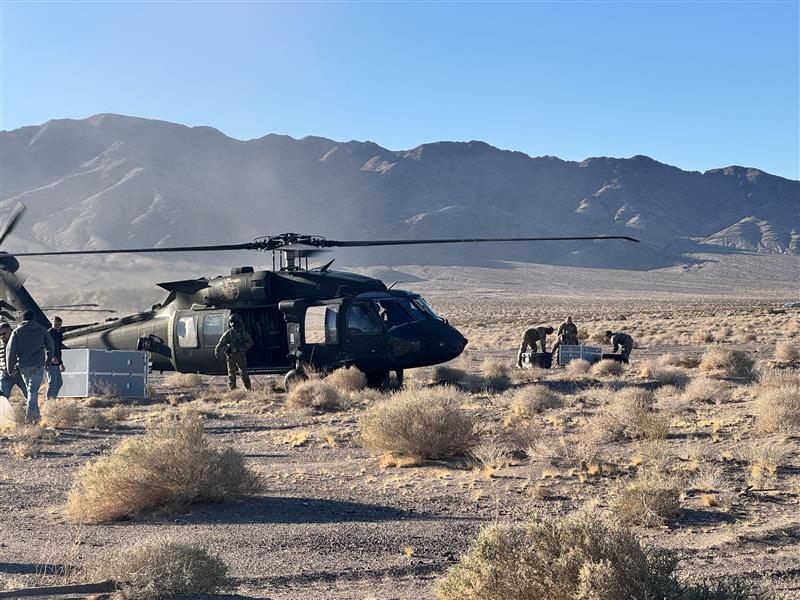
About Shield AI
Founded in 2015, Shield AI is a venture-backed defense technology company with the mission of protecting service members and civilians with intelligent, autonomous systems. Its products include Hivemind Enterprise—EdgeOS, Pilot, Commander, and Forge—as well as V-BAT and Sentient Vision Systems (wide-area motion imaging software). With offices in San Diego, Dallas, Washington, D.C., Abu Dhabi (UAE), Kyiv (Ukraine), and Melbourne (Australia), Shield AI’s technology actively supports U.S. and allied operations worldwide. For more information, visit www.shield.ai. Follow Shield AI on LinkedIn, X, and Instagram.
Media Contact: Lily Hinz; media@shield.ai


